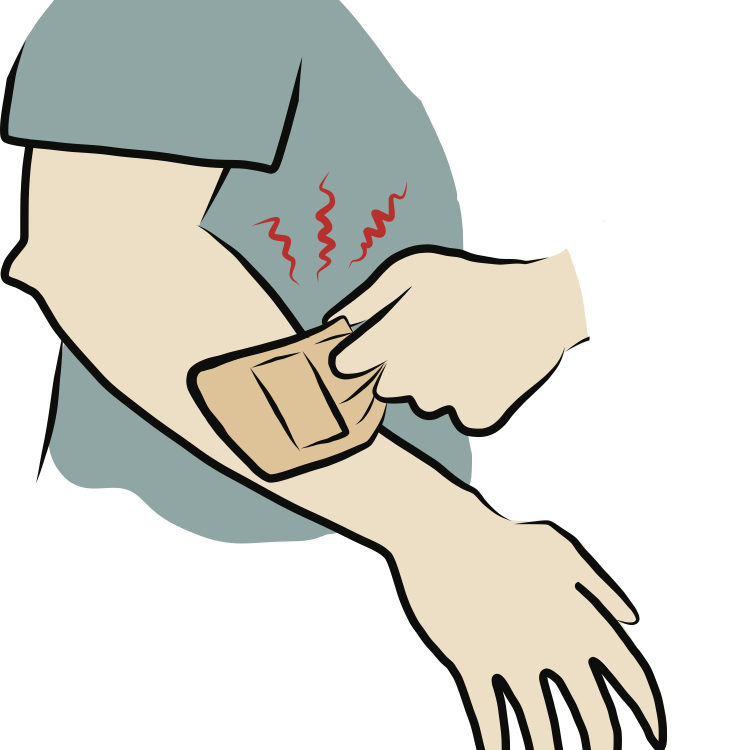COVID, ‘Direct Physical Loss’ and Your Property Policy: Can the Courts Even Figure This Out?

The first question policyholders will have to answer in the more than 1,500 lawsuits regarding property insurance for COVID-19 that have been filed since March 2020 is whether or not the property has suffered “direct physical loss”.
There is a discrepancy because property policies typically provide separate coverage for loss and damage, most commonly by means of a direct physical damage or loss agreement.
There is a great deal of uncertainty in both state and federal courts as to what “loss” in these insurance agreements means, namely whether “loss” includes diminished functionality and whether an economic loss is necessarily excluded.
To date, no court on the federal level has found a difference between damages and losses in deciding whether to insure. As a consequence, this has dismissed complaints by stating that the policies unambiguously require structural damage to be visible – and none appears to exist at all.
A number of state courts have ruled differently. Either summary judgment has been granted or the policyholders have been allowed to conduct discovery under the policy terms.
However, does this really have to be so complex?
Let’s start with plain language.
Both “loss” and “damage” appear on the policies differently. The two items are separated by an “or.” “Direct physical damage” is also covered separately from “damage.” As such, “direct physical loss” should be interpreted separately.
Liability policies follow a similar structure, but with more detail.
By having the two grounds for coverage – loss and damage – broken down into sections, the industry issued a standard liability policy in 1973 that reinforces the “or.”
These policies cover losses resulting from “property damage.” But, what does property damage really mean?
Via Law Insider;
“Property damage means (1) physical injury to or destruction of tangible property which occurs during the policy period, including the loss of use thereof at any time resulting therefrom, or (2) loss of use of tangible property which has not been physically injured or destroyed provided such loss of use is caused by an “occurrence” during the policy period.”
A revised incorporation of this structure appeared a decade later after by the Illinois Supreme Court :
- (a) Physical injury to tangible property, including all resulting loss of use of that property; or
- (b) Loss of use of tangible property that is not physically injured.
The ultimate point, however, remains the same, regardless of whether each version contains more detail than the insuring agreement in property policies for “direct physical loss or damage.” Physical damage is not covered by insurance. There is insurance coverage for loss of use of property that is insured (section one) and loss of use of the property itself (section two).
Those provisions also address another question that courts have encountered when evaluating COVID-19 claims: whether a loss can be both a source of coverage and a measure of damages. Loss of use that does not result from physical damage is a basis for coverage under subsection two. But, loss of use as consequential damages is covered under subsection one.
Therefore, loss has more than one meaning and application within a single policy. The use of one does not preclude the use of another.
Setting reasonable expectations.
Are property policies subject to the same principle? As a result of the shutdowns of COVID-19, businesses in affected areas have a reasonable expectation that it will.
As stated in 1,500 lawsuits, policyholders claim that they fully expected to be covered if they were unexpectedly unable to use their premises for their normal purposes – as their properties were insured for. Based on what their policies said about “direct physical loss”, their expectations were formed.
When in their vested interest, property insurance companies have eloquently spoken out about that reasonable expectation.
An insurer with national reach, FM Global, fought this battle for policyholders rather than just arguing it aggregating cases in which loss of “functionality” was held to constitute “physical loss.”
As part of its claim to prove coverage owed to its policyholder, FM Global argued in the case of Factory Mutual Insurance Company v. Federal Insurance Company, filed in 2019 in New Mexico, that:
“It is undisputed that the mold infestation destroyed the aseptic environment and rendered Room 152 unfit for its intended use — manufacturing injectable pharmaceutical products. Numerous courts have concluded that loss of functionality or reliability under similar circumstances constitutes physical loss or damage.”
FM Global reiterated that policyholders’ understanding that “loss” differs from structural damage:
“There being no legal basis to require FM Global to prove demonstrable structural damage or alteration to property or products, evidence or argument in this regard does not involve or establish a controverted fact and should be barred from trial.”
Courts even at the federal level have ruled as such throughout COVID-19. An example of this is Kingray Inc. v. Farmers Insurance Co., which was handed down on March 4, 2021, by a federal court in California. A nail salon called Nora’s in Kingray was the subject of simple questions before the Court:
“At various points during the pandemic, Nora’s was forced to shutter, rendering its property unusable for its only purpose— the operation of a business. If Plaintiff was not allowed to operate or invite others onto its property, it was dispossessed in some way. A dispossession is a form of loss.”
The court cited California precedent that established the coverage under property policies for homes that slid down steep cliffs but were not “damaged”:
“A landslide pushed the insured home off a steep cliff, moving it, but the house was undamaged. The California Court of Appeals found that “common sense” required coverage because the house had been rendered unusable to its owners, even though its paint was intact and its walls still adhered to one another.”
On June 28, 2021, the Court of Common Pleas for Philadelphia County, Pennsylvania dismissed a law firm’s COVID-19 business interruption claim. The court “agree[d] with those courts that have found that ‘loss of use’ of the property alone . . . is not enough to trigger coverage,” instead of holding that a loss of use “must have some direct nexus to the physical condition of the covered premises for coverage to apply.”
Can we have some ambiguity?
Why is there a rift among the courts in COVID-19 cases? A contractual ambiguity is the only possible solution.
In the world of insurance law, ambiguous language is defined as that which can be read in more than one reasonable way. It’s obvious that policyholders do have a reasonable understanding of “loss,” as shown above.
The language of an agreement has been upheld by many courts, but many others interpret it in the opposite way. And, this is precisely what ambiguity is all about.
In light of the ambiguity presented by this language, coverage should be considered. Insurers’ policies reflect both parties’ input, not just the insurer. As a fait accompli, the insurance companies draft them unilaterally.
The official position of the insurance industry is that any ambiguity in the draft is construed against them. It prevents insurance companies from writing policies with ambiguities and then contesting coverage disputes on the basis of whatever view is more favorable to them.
This is evident in the case of FM Global. Even though FM Global has argued that its policy covers loss of functionality and that no structural or visible changes are required, it regularly argues against the policy in COVID-19 cases.
FM Global has been able to do this in many courts, mostly federal ones. It would have been better to interpret the ambiguous language in the policy in favor of coverage.
Conclusion.
It always takes time for the judicial precedents to be established when there is a huge insurance coverage dispute like COVID-19. As such, the goal for policyholders is for this to happen as soon as possible. But, in the meantime, it is the insurers who will benefit from this as they can profit from the ambiguity to avoid.



